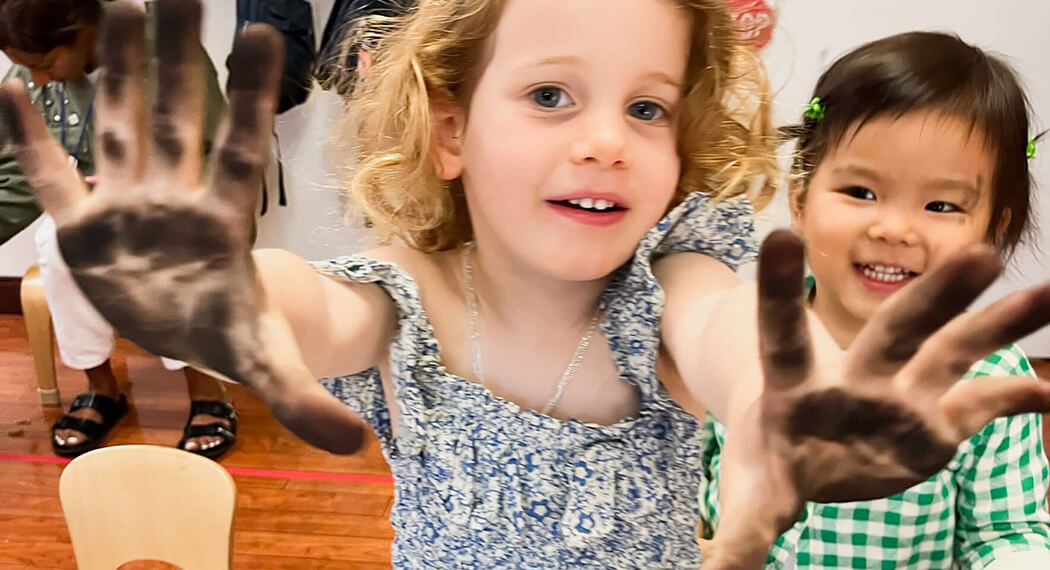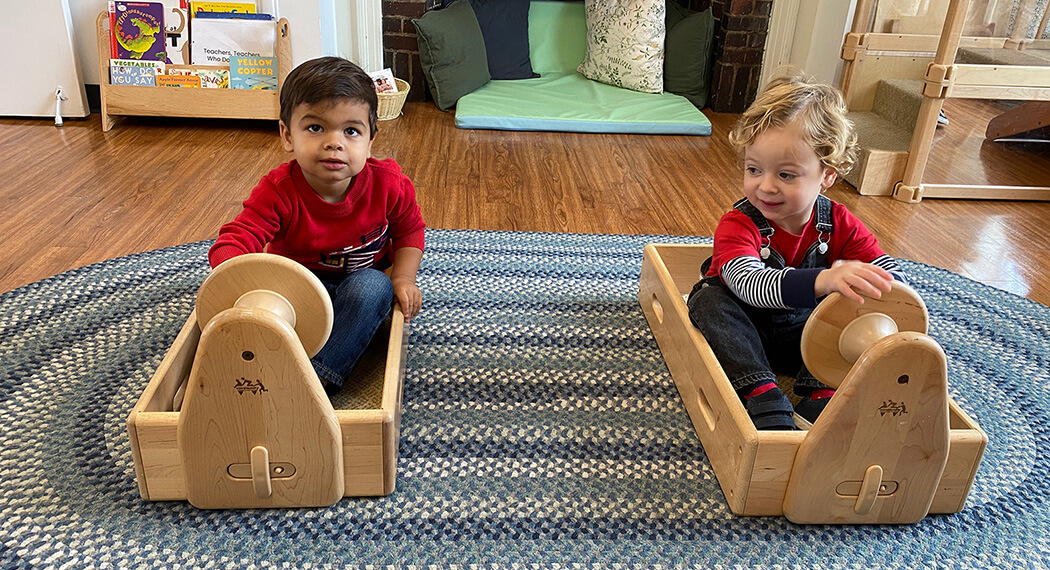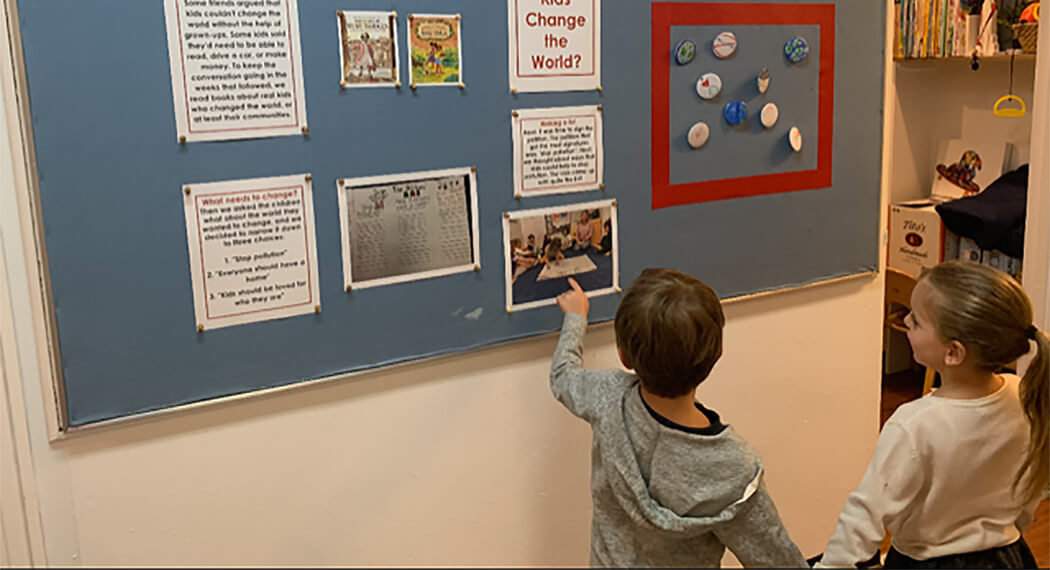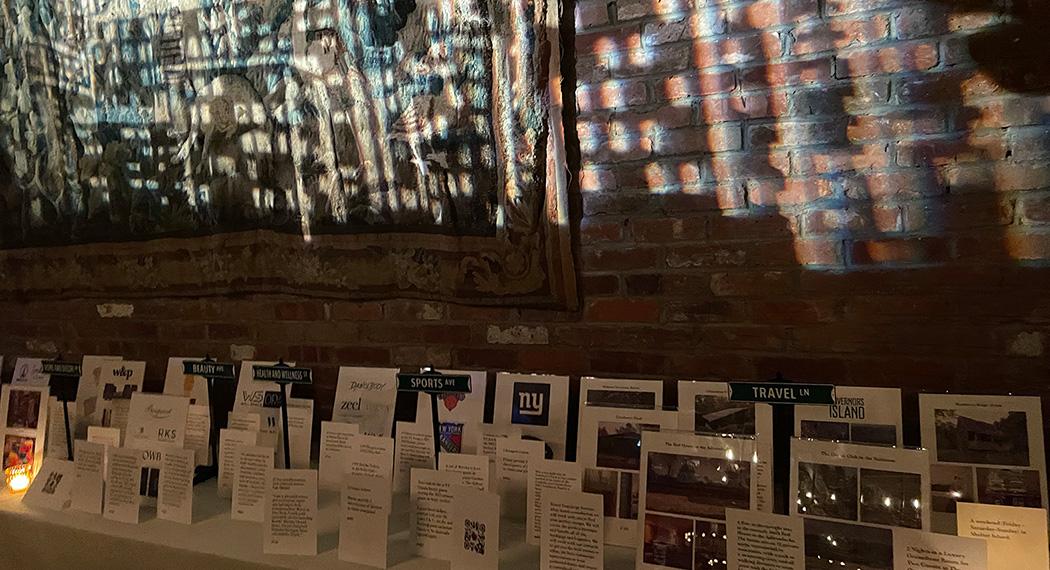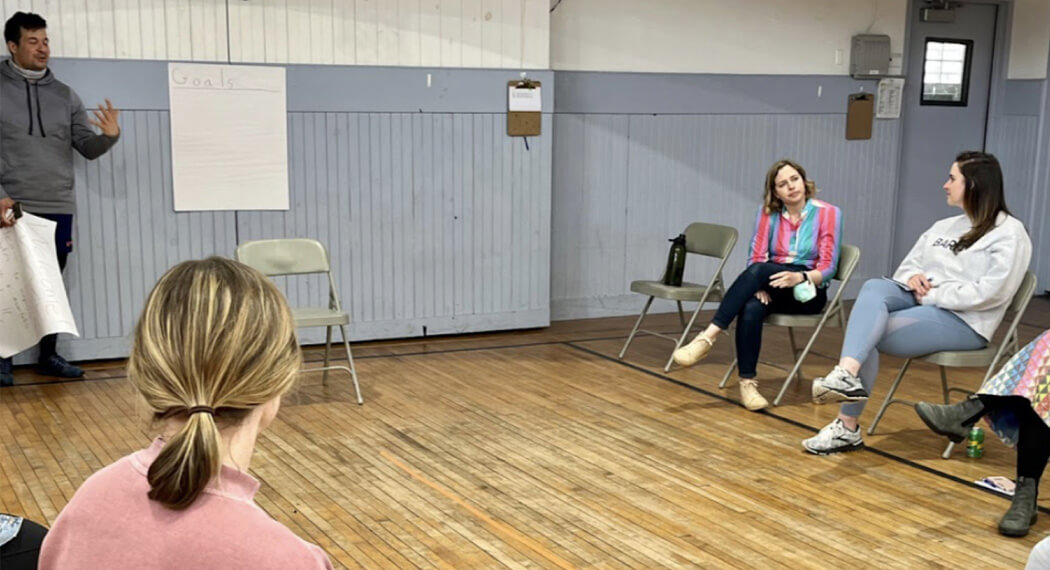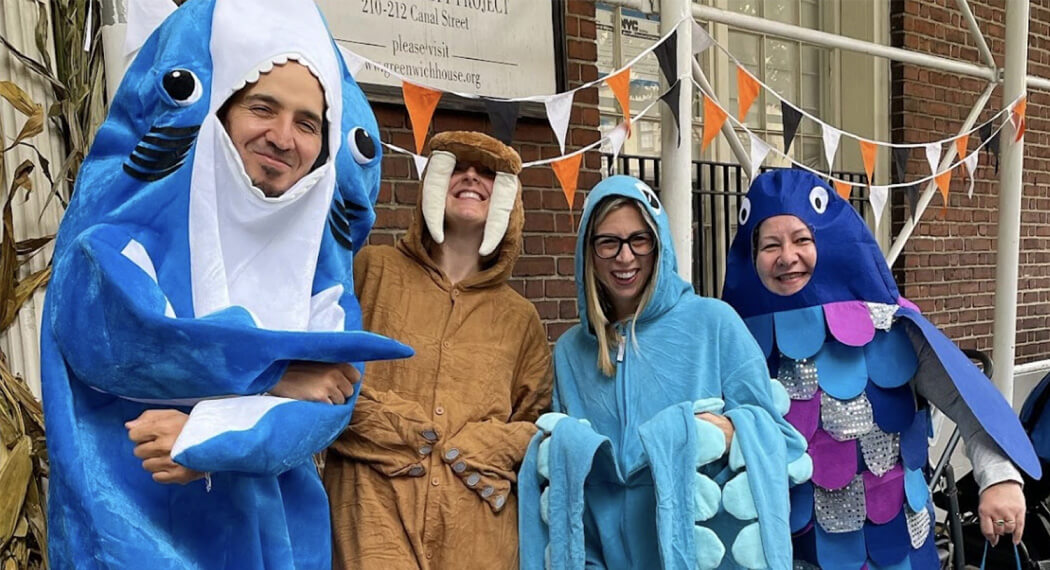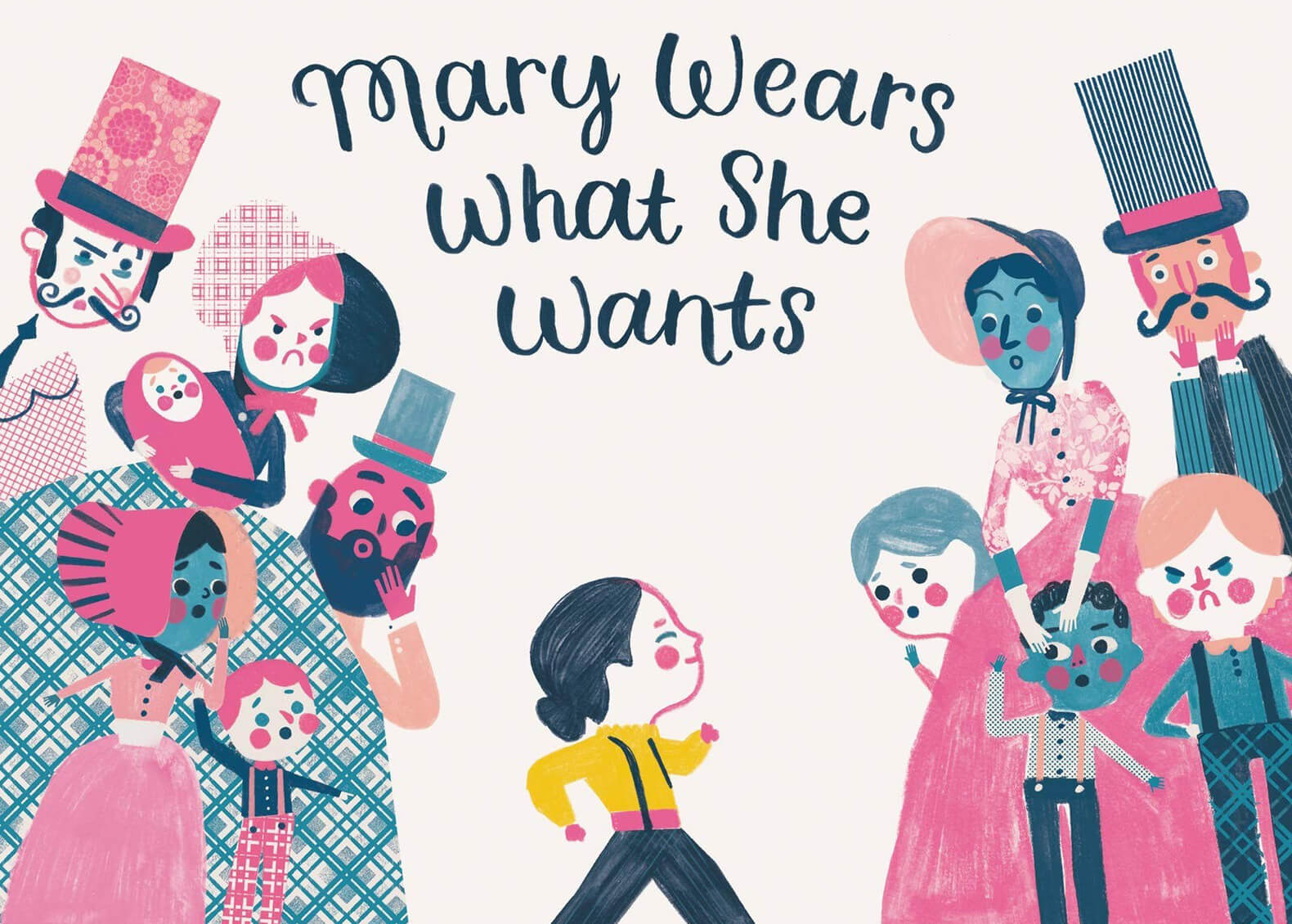Gender stereotypes are everywhere. They pop up through conversations, rolechoices in games, and activity preferences in the classroom. Have you ever been told that you couldn’t like something because you were a man or a woman? These messages diminish our self-esteem because let’s be real, men and women can “be” many different things.
Gender stereotypes limit our capacity to show up in the world as our authentic, full, selves. Our goal at Barrow is to create a space where your children feel safe enough so that they don’t feel the need to hide or limit parts of themselves. Therefore, one of our goals in the Red Room has been to challenge the stereotypes that make it difficult for your children to come to school as their true and authentic selves.
Here are some of the stories we’ve been using to help your children notice stereotypes and discuss gender:

“ One of the first things we learned after reading The Paper Bag Princess was that there seemed to be a lot of made up rules around what a princess should look like.”

Here are some of the made-up rules your children found:
“A princess should wear dresses.” “They should wear pretty clothes.” “They can’t be dirty.”
We then turned our attention to Elizabeth, the titular Paper Bag Princess. We asked, “Did Elizabeth follow any of those rules?”
The kids gave a unanimous, “no.”
One friend followed up with the comment, “A princess should wear whatever she wants.” Next, we read the book, Mary Wears What she Wants, which is a true story about a woman named, Mary Edwards Walker who refused to wear dresses, even though it was against the law.
Our conversation flowed similarly to that of our conversation about The Paper Bag Princess. When asked what they learned from this book, one friend said, “Girls can wear pants, too.”
Through reading these stories, we’ve not only been able to name and debunk a bunch of gender stereotypes, but we’ve also been able to arm your kiddos with strategies to continue challenging them when they leave the classroom at the end of the day.
If you’re curious what some of those strategies are, read on!
When prompted with the scenario below, “What would you say if someone told you (or a friend), ‘girls can’t like black’?”
A few said, “You could tell a grownup.” “That’s not kind.” “Don’t listen to them, you can like that color.”
Go Super Lollipops!
When prompted with an alternative scenario, “What if you saw someone tell a boy that they weren’t allowed to like Frozen?”
Almost immediately, they shared that they would say, “I like Frozen, and I’m a boy.” “My brother likes Frozen.” You can like Frozen if you want.”
Next up on our list of books will be the story, Morris Micklewhite and the Tangerine Dress.
In this story, Morris likes to wear this tangerine dress not because girls get to wear it or because it looks “girly,” but because it reminds him of his mother.




